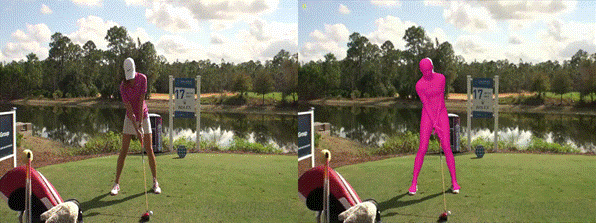* SERG PhD Opportunity [OPEN 2024] *
In the competitive realm of elite sports, athletes are constantly striving for peak performance, aiming to run faster, jump higher, and achieve their utmost potential. Central to this pursuit is biomechanical analysis, a pivotal tool for evaluating and optimizing human performance in various sporting disciplines. By providing quantitative insights, biomechanical analysis empowers coaches and athletes with invaluable data on running speed, jumping height, and muscular force generation. This data not only informs training regimens but also aids in understanding movement dynamics, facilitating the design of tailored training programs to maximize athletic prowess.
Traditionally, biomechanical analysis necessitated laboratory settings, where researchers employed specialized equipment to dissect the intricacies of human movement and muscle kinetics. Techniques such as affixing reflective markers to athletes’ bodies and utilizing multiple cameras for motion tracking, along with force plates to gauge changes in centre of pressure, were commonplace.
However, recent advancements in computer vision, particularly 3D pose estimation, have revolutionized biomechanical analysis by enabling markerless motion capture and kinematic analysis. This breakthrough technology has transcended the confines of the laboratory, ushering biomechanical analysis onto the field. For instance, the movement of a golfer during a televised match can now be automatically analysed, providing coaches and athletes with real-time insights into joint rotation without the need for cumbersome markers or manual digitization.
Despite these advancements, there remains a notable gap in applying these techniques to specific movements, particularly those characterized by high occlusion, such as shooting motions, and advanced kinetic analysis. This gap represents a significant barrier to fully harnessing biomechanical analysis for optimizing human performance in sports.
PhD opportunity
Our project seeks to bridge this gap by leveraging 3D pose estimation to develop an automatic and comprehensive quantitative analysis tailored to shooting sports. Collaborating with the British Shooting, the student will play a pivotal role in advancing the UK’s Olympic medal aspirations. This interdisciplinary endeavour offers extensive research training in sports biomechanics, computer science, and engineering, presenting opportunities for national and international networking and industry engagement within the elite sports sector.
Led by a diverse supervisory team boasting expertise in sports engineering, the project provides comprehensive support and guidance to the student throughout their journey. By nurturing a passion for learning and fostering a spirit of innovation, we aim to empower the student to push the boundaries of knowledge and contribute meaningfully to the fields of sports biomechanics and performance optimization.
We are seeking candidates with a thirst for knowledge and a drive to excel for our Graduate Training Assistant (GTA) PHD scholarship. While expertise in sports biomechanics, computer science, and engineering is desirable, what truly sets candidates apart is their passion for overcoming challenges and their willingness to embrace new avenues of learning and discovery.
If you are ready to embark on an exciting journey at the intersection of sports, technology, and human performance, we encourage you to reach out to the Director of Studies, Chuang-Yuan Chiu, to learn more about this transformative PhD project. Together, let’s revolutionize sports performance and propel athletes to new heights of excellence.



[…] SureShot Biomechanics: Elevating Shooting Sports Performance through Advanced Analysis and Simulatio… […]
LikeLike